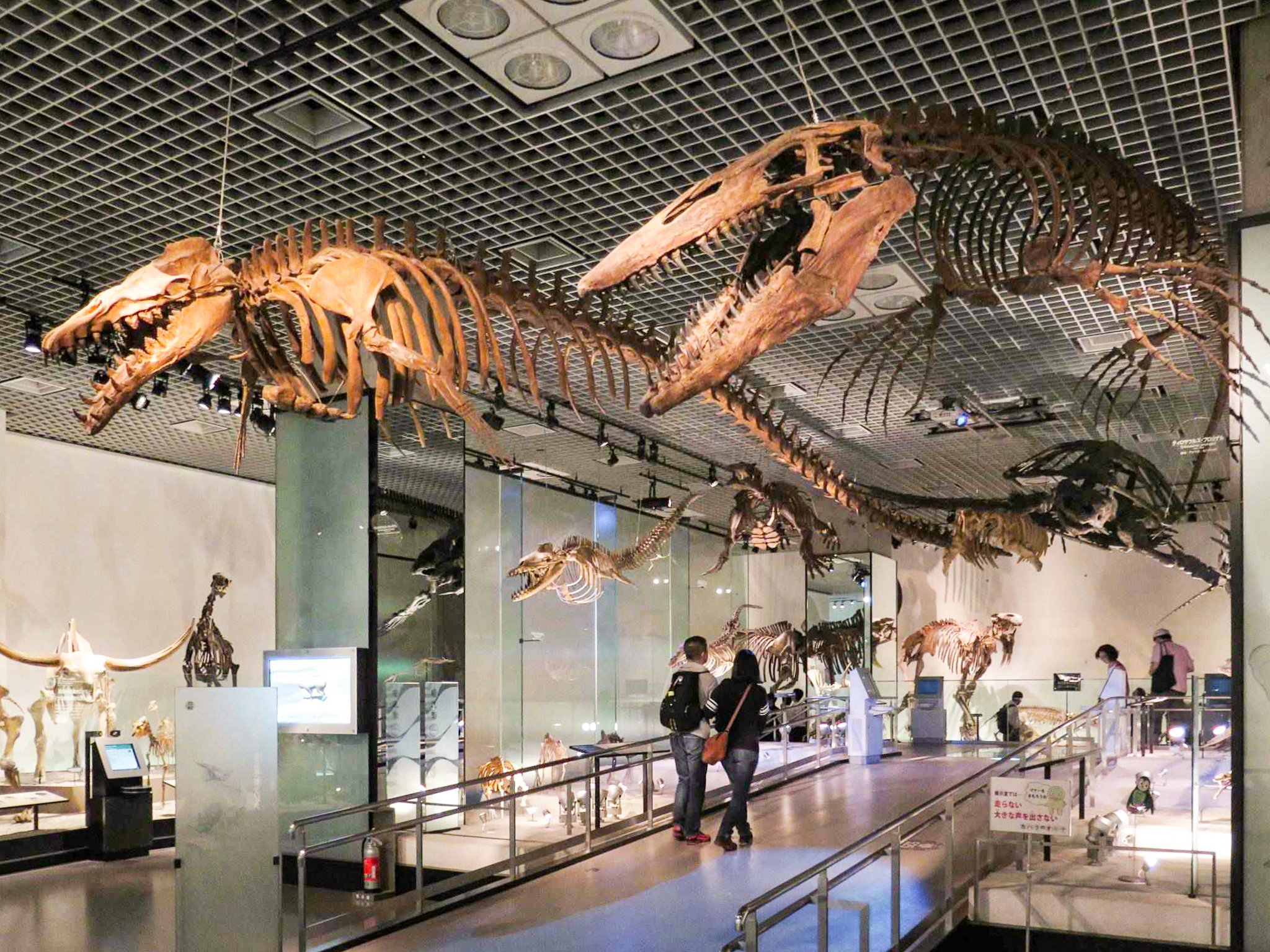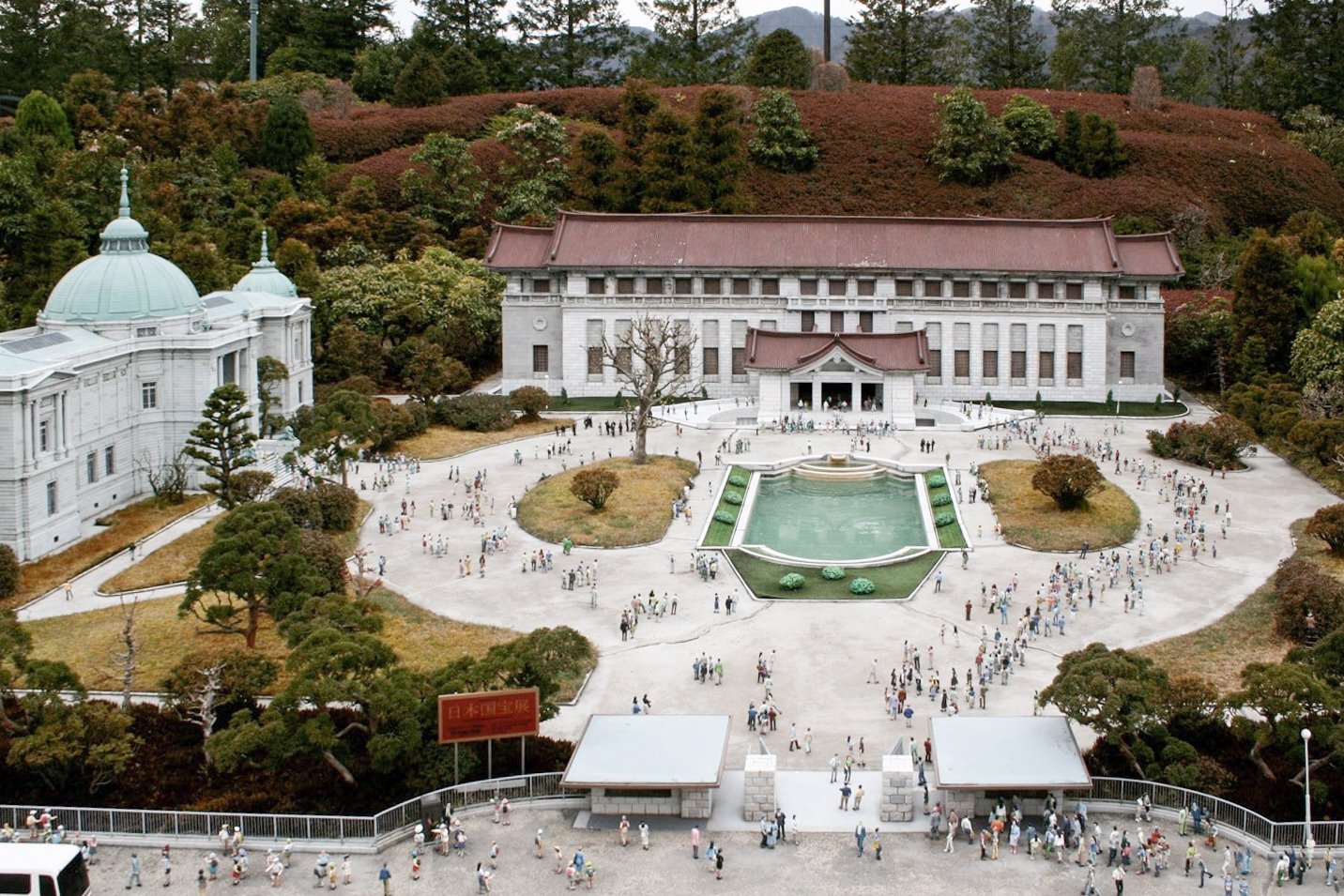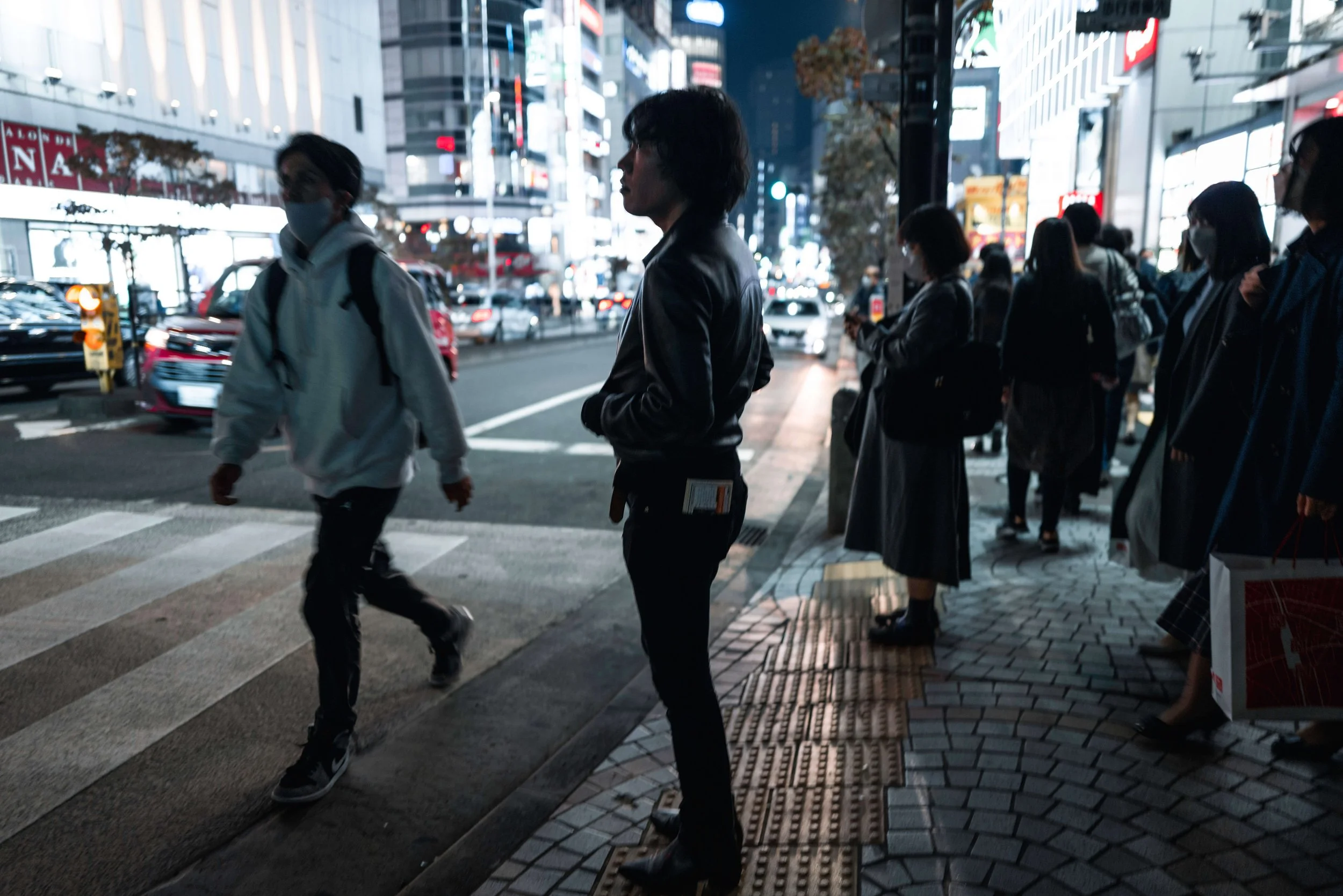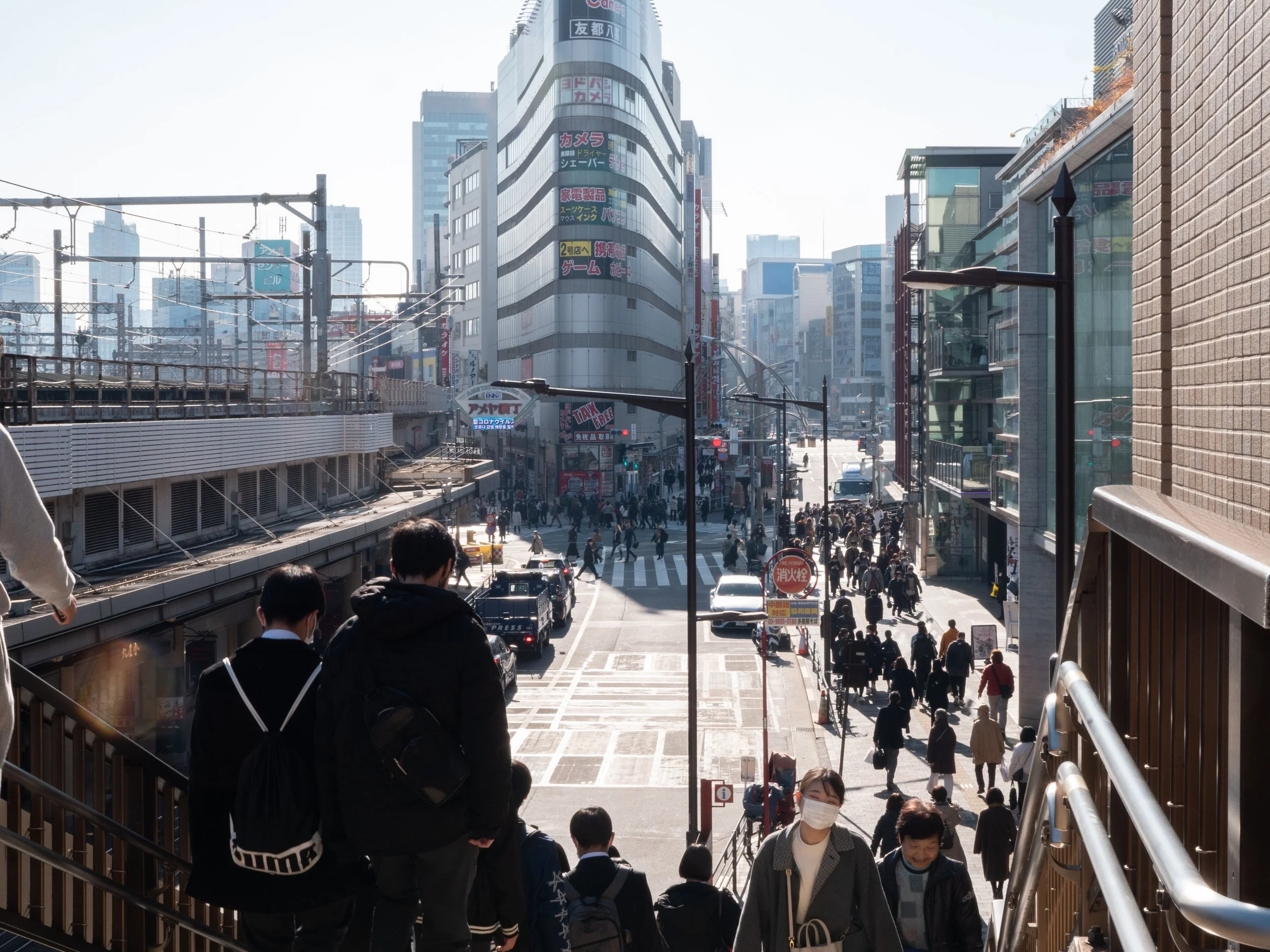
TOKYO NATIONAL MUSEUM
Useful information
Website
Opening Hours: 9:30 - 17:00
Location on Google Maps
The Tokyo National Museum (東京 国立 博物館, Tōkyō Kokuritsu Hakubutsukan) is the oldest and largest of Japan's national museums, which also includes the Kyoto National Museum, the Nara National Museum and the Kyushu National Museum. It was originally founded in 1972 in Yushima Seido Shrine and a few years later moved to its current location in Ueno Park.
The Tokyo National Museum houses one of the largest and best collections of art and archaeological artifacts in Japan, consisting of more than 110,000 individual objects, including nearly a hundred national treasures. At any given time, about 4,000 different objects from the museum's permanent collection are on display. In addition, temporary tours are organized regularly. Good information in English and audio guides are available.
The large museum complex houses six separate buildings, each large enough to be considered a museum in its own right, specializing in different types of art and exhibitions. The main Honkan building was opened in 1938 and displays a variety of Japanese art from ancient times to the 19th century, including ancient Buddhist statues, painted sliding doors, scrolls, ceramics and maps as well as cultural objects such as masks, costumes, armor and weapons among other historical artifacts.
To the left of the Honkan is the Hyokeikan, the oldest building on the grounds, which was built in 1909 for the wedding of Emperor Taisho. Hyokeikan is a representative example of Western-style architecture during the Meiji period and is registered as an important cultural property. The building is mainly used for temporary exhibitions and has undergone several renovations over the years to maintain the structure.
To the right of the Honkan is the Toyokan building, designed in 1968 by Japanese architect Taniguchi Yoshiro. The building houses galleries displaying Asian art and artifacts from China, Korea, Southeast Asia, Central Asia, India, and Egypt. Behind the Honkan is the Heiseikan, a fairly recent addition to the museum built to commemorate the Crown Prince's wedding in 1993. It houses exhibits on ancient Japanese cultures and large-scale special exhibitions.
The museum's newest building, the Horyuji Homotsukan or the Gallery of Horyuji Treasures, was built to house a collection of religious objects consisting mainly of small, intricate copper relief statues and images donated by the Horyuji Temple in Nara. The building was designed by Taniguchi Yoshio (son of Toyokan architect Taniguchi Yoshiro) whose minimalist style can also be seen in his other projects including Heisei Chishinkan at the National Museum in Kyoto, the Sea Life Aquarium at Kasai Rinkai Park in Tokyo, and the Mimoca Museum of Art in Marugame, as well as the Museum of Modern Art in New York.
Finally, just off the museum grounds is the Kuroda Memorial Hall, built on donations from Kuroda Seiki, a Japanese artist who is known as the father of modern Western-style painting in Japan. The hall houses a collection of Kuroda's paintings and sketches and other artworks donated by his family. In addition to the exhibition halls, the Tokyo National Museum also offers a Japanese-style garden and tea houses (open to the public in spring and fall) located behind the Honkan, as well as numerous stores and cafes.
Bibliography, sources and references
The Rough Guide to Tokyo
By Jan Dodd, Simon Richmond · 2001
https://www.google.com/books/edition/The_Rough_Guide_to_Tokyo/alKrRjsAYfEC?hl=en&gbpv=0



Book Giorgio + Koharu - Japan Tour
14 days of Japanese experiences with native japanese guide
Places to visit: the futuristic Tokyo, traditional Japan Kyoto, natural and wild Hokkaido and Okinawa paradise islands.
Food and drinking experiences: Ramen, Soba, Sushi, Isakaya drinking bar, Karaoke
Traditional Japanese experiences: Shodo Japanese calligraphy, Ikebana flower lesson, fortune telling.
Explore Japanese destinations
JAPAN
Tokyo
National Museum of Western Art
Transports
Suggestions:
Cherry Blossoms - Sakura Hanami
HOKKAIDO
OTHER PLACES:
OKINAWA











